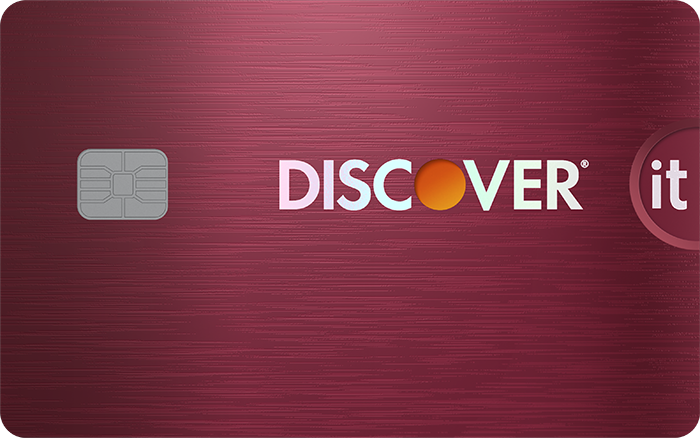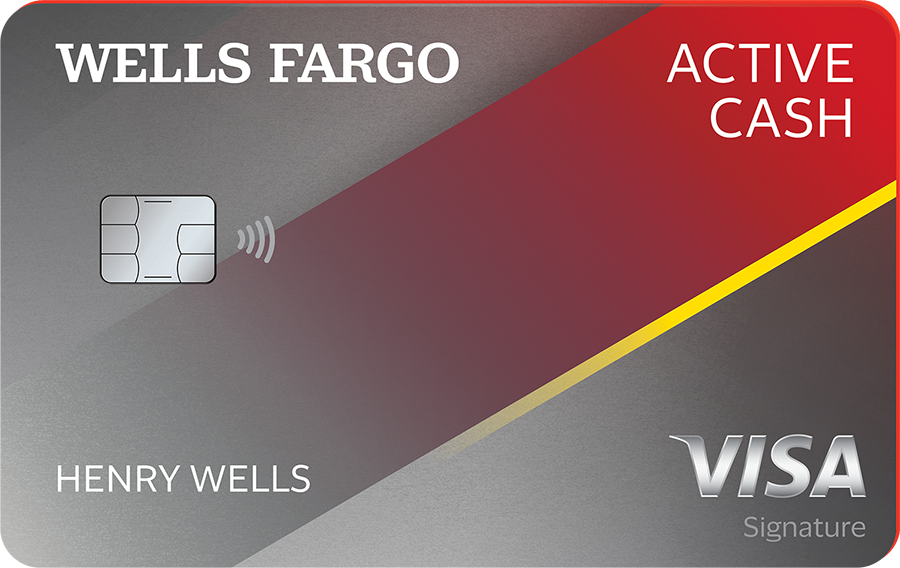Credit card issuers have transitioned from credit cards with a magnetic strip to the EMV® chip credit card, a more secure way to pay. A chip credit card is less prone to in-person fraud. They're not perfect, but they're a step in the right direction.
Here's a rundown of how chip-enabled cards make your point-of-sale transactions safer.
Magnetic strip vs. chip credit cards
The problem with magnetic strip credit cards is they contain all of the cardholder information fraudsters need to buy things using your cards -- and to manufacture counterfeit cards. Fraudsters can even steal your data with simple phone apps or dime-a-dozen strip readers. It's too easy for them to get your info without you knowing it.
The chip in your chip credit card stymies many would-be card thieves. Each time you insert your chip credit card into a reader -- or use its contactless payment function -- the computer in the chip generates a unique transaction code for that purchase. This means that even if a thief copies your credit card chip information for one transaction, they can't use it to make another transaction on your dime.
The same point holds true for data breaches at retailers. Your credit card chip won't stop a data thief from stealing transaction data or purchase records, but it does make the stolen data far less valuable and more difficult to use.
Credit card comparison
We recommend comparing options to ensure the card you're selecting is the best fit for you. To make your search easier, here's a short list of standout credit cards.
| Offer | Our Rating | Welcome Offer | Rewards Program | APR | Learn More |
|---|---|---|---|---|---|
|
Rating image, 4.50 out of 5 stars.
4.50/5
Our ratings are based on a 5 star scale.
5 stars equals Best.
4 stars equals Excellent.
3 stars equals Good.
2 stars equals Fair.
1 star equals Poor.
We want your money to work harder for you. Which is why our ratings are biased toward offers that deliver versatility while cutting out-of-pocket costs.
|
Discover will match all the cash back you’ve earned at the end of your first year. | 1% - 5% Cashback Earn 5% cash back on everyday purchases at different places you shop each quarter like grocery stores, restaurants, gas stations, and more, up to the quarterly maximum when you activate. Plus, earn unlimited 1% cash back on all other purchases. |
Intro: Purchases: 0%, 15 months Balance Transfers: 0%, 15 months Regular: 18.24% - 27.24% Variable APR |
||
|
Rating image, 5.00 out of 5 stars.
5.00/5
Our ratings are based on a 5 star scale.
5 stars equals Best.
4 stars equals Excellent.
3 stars equals Good.
2 stars equals Fair.
1 star equals Poor.
We want your money to work harder for you. Which is why our ratings are biased toward offers that deliver versatility while cutting out-of-pocket costs.
|
$200 cash rewards Earn a $200 cash rewards bonus after spending $500 in purchases in the first 3 months. | 2% cash rewards Earn unlimited 2% cash rewards on purchases. |
Intro: 0% intro APR for 12 months from account opening on purchases and qualifying balance transfers Purchases: 0% intro APR, 12 months from account opening Balance Transfers: 0% intro APR, 12 months from account opening on qualifying balance transfers Regular: 19.24%, 24.24%, or 29.24% Variable APR |
||

Apply Now for Bank of America® Travel Rewards credit card
On Bank of America's Secure Website. |
Rating image, 4.00 out of 5 stars.
4.00/5
Our ratings are based on a 5 star scale.
5 stars equals Best.
4 stars equals Excellent.
3 stars equals Good.
2 stars equals Fair.
1 star equals Poor.
We want your money to work harder for you. Which is why our ratings are biased toward offers that deliver versatility while cutting out-of-pocket costs.
|
25,000 points 25,000 online bonus points after you make at least $1,000 in purchases in the first 90 days of account opening - that can be a $250 statement credit toward travel purchases | 1.5-3 points per dollar Earn unlimited 1.5 points per $1 spent on all purchases, with no annual fee and no foreign transaction fees, and your points don't expire as long as your account remains open. Earn 3 points per $1 spent on travel purchases booked through the Bank of America Travel Center. |
Intro: 0% Intro APR for 15 billing cycles for purchases. 0% Intro APR for 15 billing cycles for any balance transfers made in the first 60 days. After the intro APR offer ends, 18.24% - 28.24% Variable APR on purchases and balance transfers will apply. A 3% fee for 60 days from account opening, then 4% fee applies to all balance transfers. Balance transfers may not be used to pay any account provided by Bank of America. Purchases: 0% Intro APR for 15 billing cycles for purchases Balance Transfers: 0% Intro APR for 15 billing cycles for any balance transfers made in the first 60 days Regular: 18.24% - 28.24% (Variable) |
Apply Now for Bank of America® Travel Rewards credit card
On Bank of America's Secure Website. |
Does your chip credit card need a signature or a PIN?
For decades, cardholders who used magstripe credit cards needed to sign for every purchase. Businesses compared your in-person signature to the one on the back of your credit card. After the transition to chip credit cards, however, signatures became less common.
These days, fewer businesses ask you to sign a receipt when making purchases with a chip credit card. Often, you'll insert your chip card into the reader, wait a few seconds, then remove your card when prompted, no signature required. You may have to enter a personal identification number (PIN) into the checkout terminal if you're making a debit card purchase.
Some stores will ask you to sign instead of entering a PIN. However, the chip-and-signature approach is only used in the U.S. If you travel abroad, your signature-based card may raise some eyebrows -- or outright fail to work at the register. Many European countries operate on a chip-and-PIN system that uses both an EMV® credit card chip and a four-digit PIN for large purchases. For smaller purchases, contactless payments are common and don't require a PIN.
Chip cards don't fix everything
EMV® card technology does not make you immune to fraud. For starters, someone who steals your physical card can still use it to make purchases anywhere that doesn't check signatures or ID (which, let's face it, is most places nowadays).
Your credit card chip does nothing to prevent digital card fraud. It's still relatively easy for a thief to use your stolen credit card information online. According to Security.org, online fraud has steadily increased to affect 65% of credit card users, up from 58% in 2022.
Many scams bypass chip technology completely. For example, some scammers trick cardholders into revealing account information like their card number or password.
A step in the right direction
Most of your credit cards probably use chip technology, and the majority of retailers will have a chip card reader. But while a chip credit card can certainly make your credit information safer, it's not 100% safe.
Even if you have a chip credit card, it's still critical to keep your personal information secure. You can monitor your free credit reports for any suspicious activity to avoid credit card fraud.
If you do find yourself a victim of credit card fraud, report it to your issuer right away. On the bright side, unauthorized credit card purchases won't bankrupt you; by law, you're only liable for up to $50 in fraudulent credit card purchases, and most issuers won't charge you a dime.
FAQs
-
Your chip might be okay. Try cleaning it gently with a washcloth -- it might just be dirty. If that fails to fix the chip, then you may want to contact your card issuer to ask for a replacement card. Many will ship you a new card for free.
You can still use a card with a broken chip to make online purchases.
-
Nope. Chip cards add zero security benefits to online transactions. But credit card users still get the benefits of $50 max fraud liability, so it's more secure than paying for online purchases with debit.
-
Not all card readers accept chip cards, and chip cards might take a few seconds longer at checkout than magnetic strip cards.
-
Only if it has a magnetic strip. You can check this by eyeballing the back of your card.
-
Insert it into the point-of-sale (POS) terminal at checkout. Instead of swiping, you slide the card into a slot facing you. Be sure to insert the side with the chip facing up.
-
Your bank or credit union will send you one if it upgrades its cards. But if you'd like a chip card right away, you can apply for one from a different issuer.
We're firm believers in the Golden Rule, which is why editorial opinions are ours alone and have not been previously reviewed, approved, or endorsed by included advertisers. Motley Fool Money does not cover all offers on the market. Motley Fool Money is 100% owned and operated by The Motley Fool. Our knowledgeable team of personal finance editors and analysts are employed by The Motley Fool and held to the same set of publishing standards and editorial integrity while maintaining professional separation from the analysts and editors on other Motley Fool brands. Terms may apply to offers listed on this page.
The Motley Fool owns shares of and recommends Visa.

